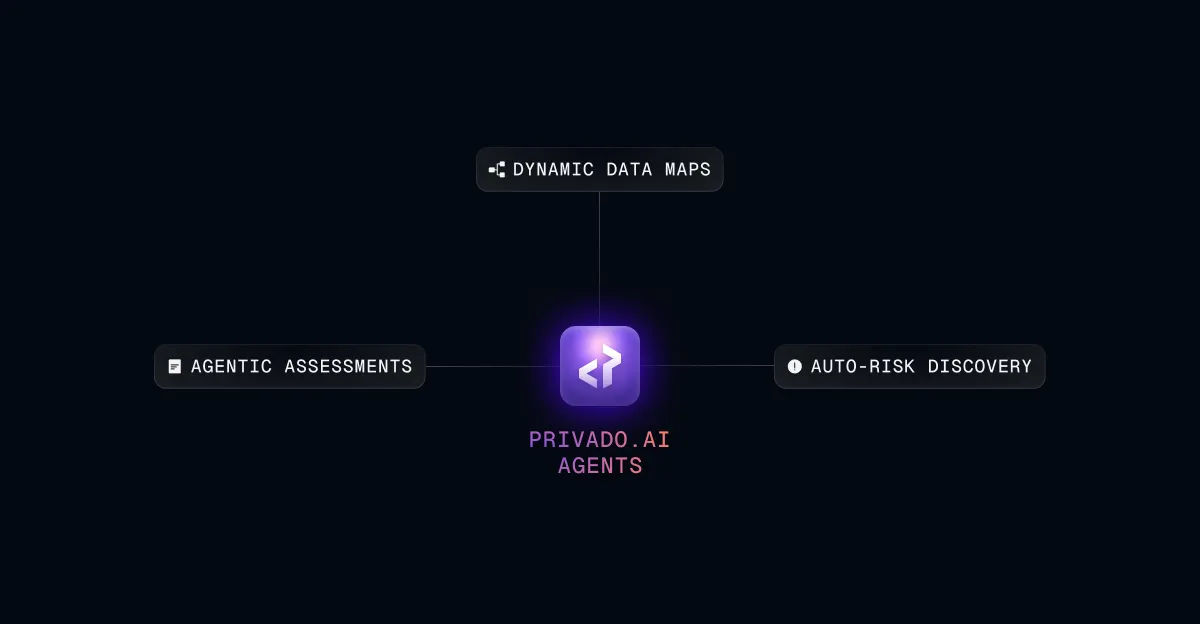Data Flow
What is Data Flow?
Data Flow is the journey of data from the point of collection to where it flows to third parties throughout your organization.
Understanding the data flow allows us to map the data journey and enable businesses to manage and secure their customers' data fairly and securely. Implementing any type of security is difficult without thoroughly understanding the data lifecycle.
Data flow is the tracking of where data flows from source to destination, and it is possible to visualize data flow by asking the following questions about data management processes:
- What data exists?
- Where is it kept?
- Under what conditions is it kept?
- Where is it transferred? (if any)
When you can answer these questions thoroughly, we can safely assume that you have a comprehensive understanding of the data flow within your organization.
Understanding the Data Flow is a crucial step before performing Data Mapping and determining the regulations to which we will be subject, particularly when transferring data to third parties (third country or an international organization).
Components of Data Flows
The data flow has four fundamental components: data items, formats, transfer methods, and locations.
You will be able to build your data map based on those components.
1- Data items are information itself.
It addresses the question: What information do you have about a data subject? For instance, if the transaction uses only one person's address, that address will be the transaction's data item.
2- Formats is the state in which data items are stored.
You can fully comprehend the data flow by identifying all the actual data storage formats you utilize.
3- Transfer methods explain how physical or electronic data items are moved from one location to another.
E-mail, fax, or cloud storage? At this point, data flow takes on a physical form.
4-Locations are locations where data is stored and processed.
Data servers, cloud servers, portable hard drives, and any other physical location?It is critical to answer this question to find data quickly when needed.
In conclusion, when we talk about data flow, we usually mean the movement of data from the point of data collection to third parties throughout the organization. The first step in safeguarding this data is comprehending the term "Data Flow" and visualizing its movement. You can start by visualizing the data flow and tracing its path from the source to the final transfer point.
*Reference: IT GOVERNANCE PRIVACY TEAM. (2020). EU General Data Protection Regulation (GDPR) – An implementation and compliance guide, fourth edition. IT Governance Publishing. https://doi.org/10.2307/j.ctv17f12pc (Data Mapping-Page 191,192)


.webp)

